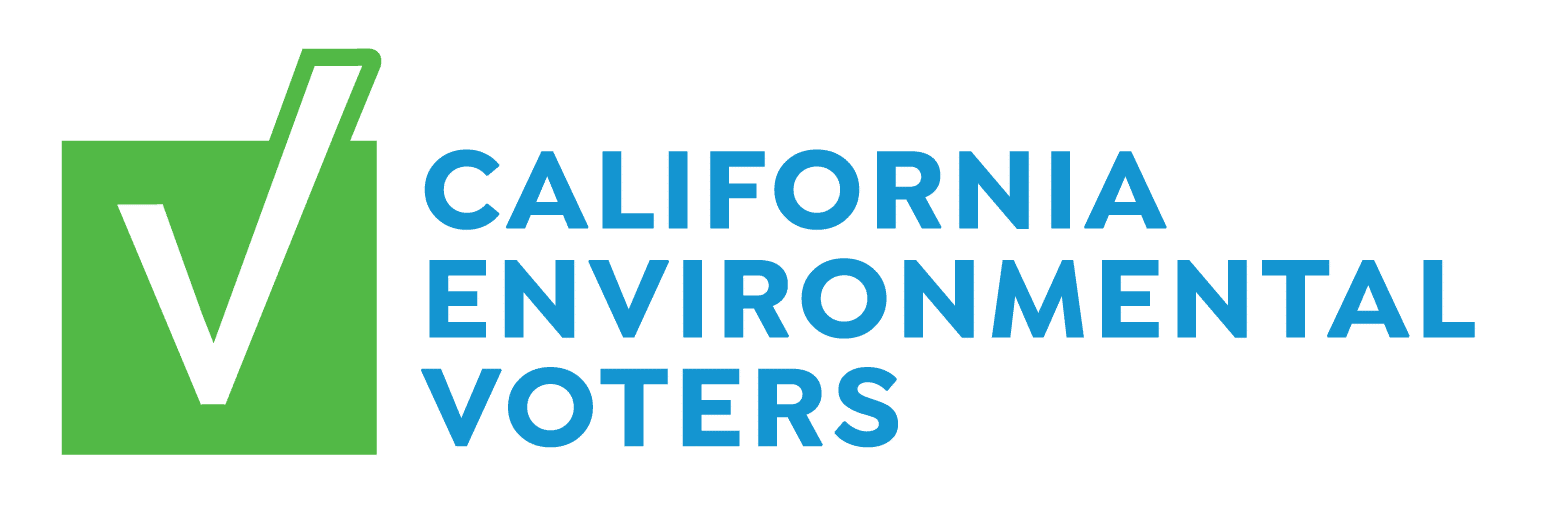
How can there be any ambiguity about whether to allow a toxic chemical—one that’s been linked to cancer, obesity, ADHD, and disrupted development of hormones, the brain, and the immune system in more than 220 peer-reviewed studies — to be used in baby bottles, sippy cups, infant formula and baby food?
In other words, why would any legislator in their right mind vote “no” on a bill called the “Toxin-Free Infants & Toddlers Act,” a bill that would ban the toxic chemical and synthetic estrogen bisphenol-A (BPA) in children’s feeding containers? They’d have to either be in the pocket of the chemical industry, which has succeeded year after year in killing previous versions of the bill, or, even more fiendishly, harbor some secret hatred of children. Right?
Well, let’s take a deep breath and review both California’s approach to chemicals of concern and the scientific evidence supporting such a ban while we try (for the moment) to give everyone the benefit of the doubt.
In 2008 the state legislature passed and then-Governor Schwarzenegger signed into law two important “green chemistry” bills to deal with chemicals of concern in a comprehensive way (versus passing individual chemical bans). AB 1879 (Feuer, Huffman & Blakeslee) authorized the state Department of Toxic Substances Control to adopt regulations for identifying and prioritizing chemicals of concern in consumer products and for evaluating safer alternatives to toxic chemicals through a science-based approach. SB 509 (Simitian) established an online Toxics Information Clearinghouse to provide access to information about the toxicity of thousands of chemicals used in California today.
These two laws provide the foundation for the California Green Chemistry Initiative, an approach to environmental protection that transitions away from just storing or disposing of toxic chemicals at the end of their life cycle and instead focuses on reducing or eliminating hazardous materials from the very start.
But after several contentious battles over the Green Chemistry program, including draft regulations that many stakeholders agreed were too narow, the program is still not up and running. No one has a firm idea of when it will be in place. In its absence, the public’s health—and in particular the health of babies and children— should continue to be the legislature’s priority as they deal with chemicals of concern.
The BPA ban would be integrated with the green chemistry process when it’s finalized. Until then, why allow manufacturers to continue to use a product that is a clear chemical of concern; a toxin that harms our most vulnerable citizens? Especially when alternatives to BPA—which is used as an ingredient in the manufacturing of the hard plastic known as polycarbonare and in the lining of food and beverage cans—are already widely available in the marketplace?
Allow me to introduce the main argument against the ban (commonly used by the chemical industry): that the science “isn’t there.” Nonsense. The evidence that BPA is linked to numerous dangerous health outcomes continues to build (another study released just days ago showed a link between maternal BPA exposure and asthma in infants.) Also consider this: the investigative reporting outfit California Watch recently revealed that authors of a new report concluding that BPA is safe have ties to companies and groups that benefit from the chemical. Go figure.
California Watch reporter Susanne Rust noted:
“In 2007, the Milwaukee Journal Sentinel examined nearly 260 scientific studies that looked at the health effects of BPA on laboratory animals with spines. It found 80 percent of the studies showed harm, and the vast majority of those were published by government and academic scientists. The few studies that found the chemical safe were mostly funded by the chemical and plastics industries, or written by scientists with connections or affiliations with those industries.”
Several professional health and medical associations, including the American Academy of Pediatrics of California, the American Congress of Obstetricians and Gynecologists, the California Medical Association, and the California Nurses Association, say the accumulating scientific data convinced them to support the BPA ban. Along with CLCV, the bill’s co-sponsor Environmental Working Group, and many of our allies in the environmental community, they testified in support of the BPA ban at the April 26 hearing before the California Assembly Environmental Safety and Toxic Materials Committee.
But, thanks in no small part to the chemical industry’s influence, the committee vote on the bill was a nail-biter. It wasn’t clear until the last minute that the bill was going to survive the committee vote. (Let me remind you that last year, this bill was passed by the committee and ultimately approved by the Assembly). Fortunately, enough members did the right thing and voted “Aye.”
“The science on BPA shows cause for alarm and it’s a shame that we have failed to protect our most vulnerable citizens from this toxic chemical,” said bill author Assemblymember Betsy Butler. “Every child from every community in our state deserves access to safe, affordable products. This is a fight worth having because big chemical money should not be allowed to trump the health of babies in California.”
The Toxin-Free Infants & Toddlers Act just passed the Assembly Health Committee on a 12-7 vote. The next stop: a full Assembly floor vote. Given its powerful opposition, the bill’s supporters are not taking anything for granted. Please take a moment to contact your Assemblymember to express your support for banning BPA in children’s feeding containers. Urge them to stand not with deep-pocketed chemical industry (which reportedly spend $5 million to defeat the bill last year), but with the 550,000 babies (including mine) who will be born in California this year.
Back to my original question: how could any legislator in their right mind vote no on this bill? Well, let’s just say they’ll have a lot of explaining to do, especially if they’ve accepted money from the chemical industry. (I won’t even speculate on how they feel about children.)
– Jenesse Miller, Communications Director, CLCV



